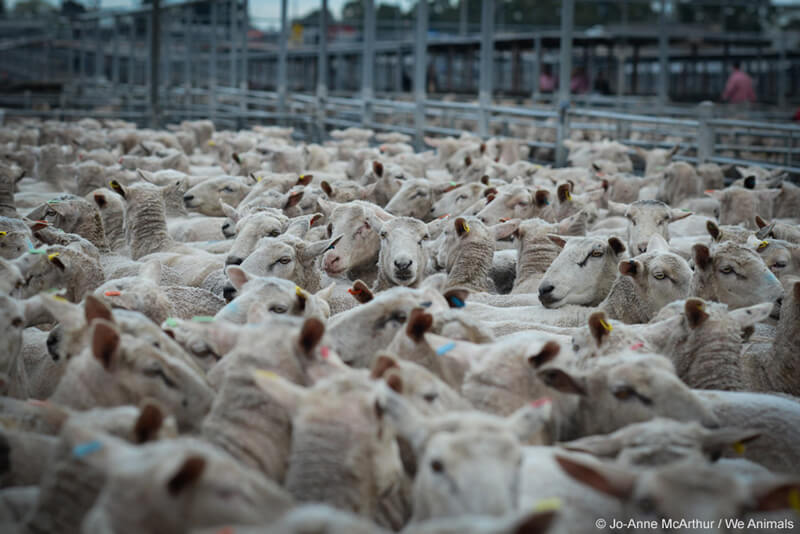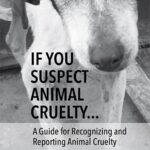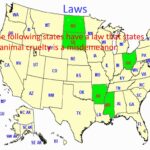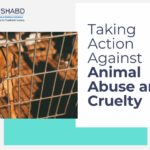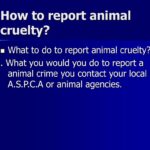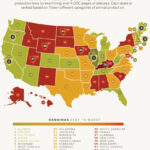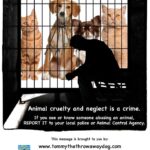In the ever-evolving landscape of consumer choices, ethical considerations have emerged as paramount in driving purchasing decisions. One such brand that has undergone scrutiny is UGG, renowned for its plush sheepskin boots, synonymous with comfort and luxury. As consumer awareness of animal rights intensifies, the query arises: Is UGG still tied to animal cruelty? This exploration delves into the juxtaposition of facts versus marketing, unraveling the complexities of UGG’s practices, and examining the ethical implications of its production processes.
The brand UGG, originally conceptualized in Australia during the late 1960s, has become a global symbol of casual luxury. Its signature sheepskin products were initially embraced for their warmth and durability. Over time, however, the materials employed have come under fire, sparking debates among animal activists and consumers alike. The core of the contention lies in the procurement of the sheepskin itself—a topic marred by narratives of neglect and exploitation within conventional farming industries.
UGG’s utilization of sheepskin has raised ethical alarms, with organizations highlighting the brutal realities faced by sheep in the wool industry. Reports documenting the mulesing process—a practice involving the surgical removal of skin from the rear ends of lambs without anesthetic—have surfaced as a significant point of contention. Such acts, viewed by many as an affront to animal welfare, compel prospective consumers to reevaluate their choices in light of ethical ramifications. Despite UGG’s stated commitment to sustainably sourced materials, skepticism persists regarding the integrity of its supply chain.
To address the concerns raised, UGG has made various proclamations, emphasizing their adherence to ethical sourcing. The brand has pledged compliance with the Responsible Wool Standard, a certification scheme aimed at enhancing animal welfare within wool production. This initiative reflects a shift in acknowledgment toward the ethical treatment of animals used for fiber, yet the efficacy of this commitment remains a matter of debate.
Critics postulate that while UGG’s adherence to certification might denote progress, it does not eliminate the ethical concerns inherent to wool production. The principle of harm, or philosophical underpinnings emphasizing the reduction of suffering, beckons serious contemplation. Advocates argue that any exploitation of animals for fashion is fundamentally flawed, irrespective of acknowledged standards. Furthermore, the marketing narrative surrounding UGG’s compliance often glosses over the complex realities of animal husbandry in large-scale operations.
In contrast, proponents of UGG’s practices argue that the company has evolved and recognized its responsibility toward ethical production. The brand has introduced vegan options in its line, arguably broadening its appeal to socially conscious consumers who seek alternatives devoid of animal byproducts. While the advent of these options may signify a constructive transition, they simultaneously raise questions regarding the authenticity of the brand’s commitment to holistic animal welfare.
Amidst these discussions, it is essential to consider the broader textile industry and its impact on animal welfare. The transition to vegan materials can serve as a pivotal moment in rethinking the interconnectedness between fashion and ethics. However, a peer into market dynamics reveals the daunting reality: consumers often make decisions based on marketing narratives rather than empirical evidence. This highlights a significant chasm between consumer perceptions and the factual landscape of production practices.
The challenge lies not only in holding industries accountable but also in fostering informed consumer behavior. This endeavor requires a paradigm shift—a collective awakening to understand the often convoluted relationships between brands and their sourcing practices. Raising awareness about ethical alternatives can engender an environment conducive to change, compelling brands like UGG to reexamine their fundamental philosophies regarding animal welfare.
In scrutinizing UGG’s transparency, one must account for their initiatives aimed at sustainability beyond animal welfare. The brand has undertaken efforts to offset its carbon footprint, employing renewable energy sources and engaging in responsible waste management. Such initiatives may appeal to environmentally conscious consumers; however, they do not ameliorate the inherent ethical dilemmas posed by animal exploitation.
Ultimately, the question remains: Is UGG still tied to animal cruelty? The dichotomy of facts versus marketing invites a meticulous investigation, compelling consumers to navigate the murky waters of ethical fashion. While UGG asserts its dedication to responsible practices, the legacy of animal cruelty associated with sheep farming continues to loom large. To comprehend this issue fully, consumers must undertake a reflective journey, examining not just the products they choose but the broader implications of those choices.
In conclusion, the narrative surrounding UGG is emblematic of a larger conversation about freedom from animal cruelty in the fashion industry. While the brand has made strides in addressing ethical concerns, it is uncontroversial that a significant gap remains. The dialogue must evolve beyond mere marketing platitudes into an authentic commitment to animal welfare. As consumers sharpen their scrutiny, they wield the power to alter the course of animal welfare in fashion—their choices, indeed, may steer the industry toward a more compassionate future.
